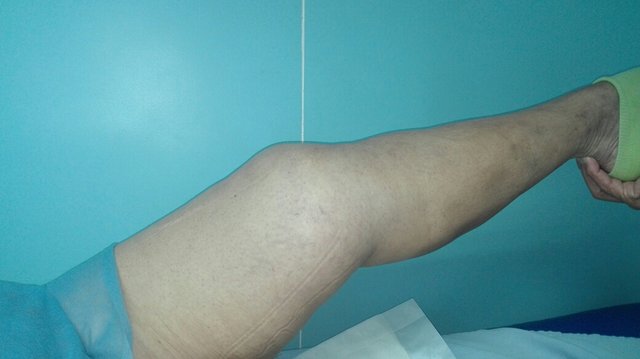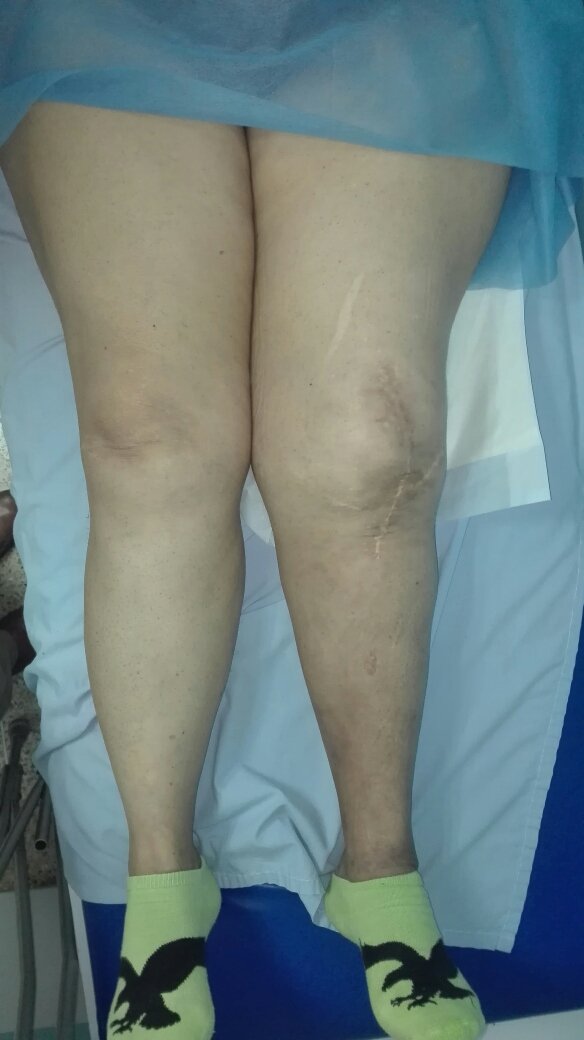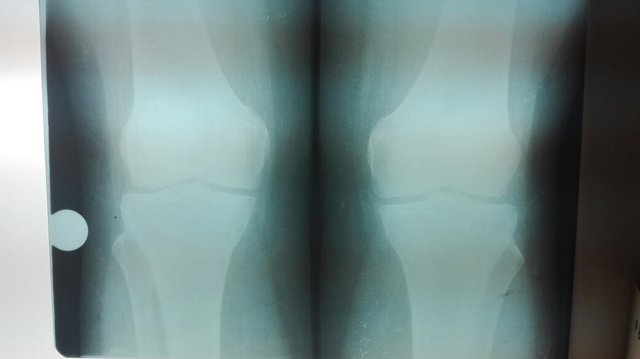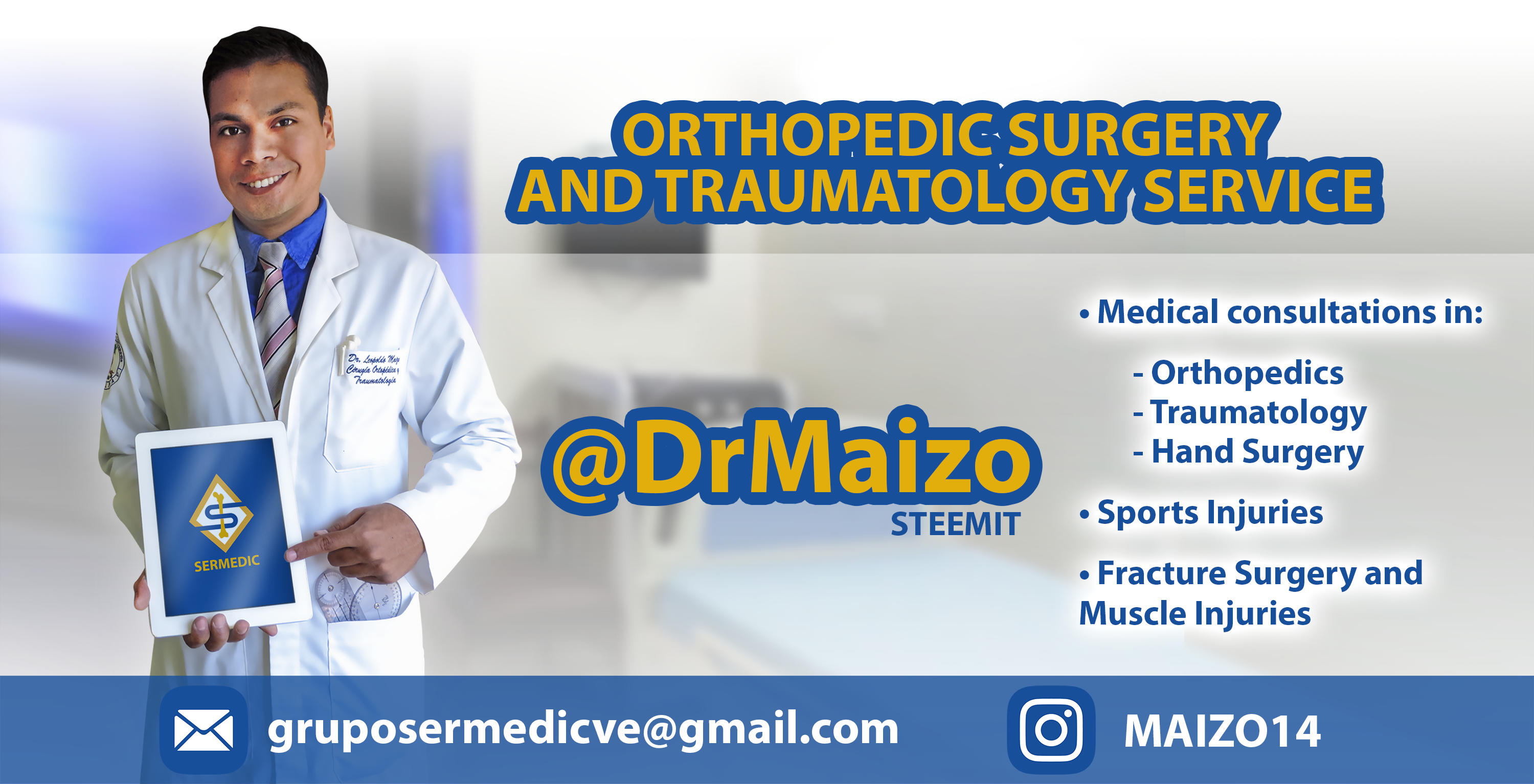Preventing knee deformities in children and adolescents

Angular deviations
Most people do not attach much importance to the existence of deviations from the lower limb. A deep structural analysis of the subject and possible angular deformities of the knees in the domain of Physical Therapy and Rehabilitation is necessary. From there the most frequent deviations stand out: Genus varum, Genu valgus and Genus recurvatum. In general, these pathologies are characterized by an angulation of the knee beyond its normal limits in all planes.
Among the main causes we have to describe: congenital, traumatic and acquired. It is important to emphasize the physical exercises to treat or prevent these deformities, as well as the surgery in many occasions also necearia.


Theory
When we speak of angular deformity of the lower extremities, we are referring to lateral and medial deviations from their mechanical axis, which may also be associated with rotational deformities.
Deformities or deviations of the knee are those that produce an angulation of the knee beyond the normal limits, either in the antero-posterior or lateral plane of the limb, and are due to different causes of a physiological, congenital or acquired type.
There is no predominant sex for these deformities. The physiological angulations of the knee are frequent in the small child, those produced by degenerative lesions are observed with greater frequency in the adult of the third age, those of traumatic origin in the young adult and adolescent. These deformities have great importance in adolescence because they incapacitate for the practice of sports, especially when standing on X and because of the unsightly appearance of the legs.


Treatment
The only reliable treatments are surgical ones, which are generically called hemiephysiodesis, and which allow temporary or permanent blockage of one side of the knee. A breakthrough for these treatments, known as guided growth monitoring, has been available since 2007. This uses special tension plates with two screws that are placed through a small incision in the child's knee, without injuring the growth plate. The child remains in the hospital one day, starts walking the next, and by 15 days can lead a normal life. Every four months the improvement in knee posture is monitored in the consultation. When we are sure that the correction is complete, through a small incision in the same wound, the plates are removed and the growth continues unaltered. An advantage of this type of treatment is that it allows us to treat small children and children with growth plate diseases.
Dr. Leopoldo Maizo - Orthopedic Surgeon


Firma diseñada por @themonkeyzuelans, contáctalos vía Discord "themonkeyzuelans#9087"
Great projects from the Steemit community:
- My Fundition campaign: https://fundition.io/#!/@drmaizo/6f88ggj8h



.png)
8-plates
The best in how small the procedure is